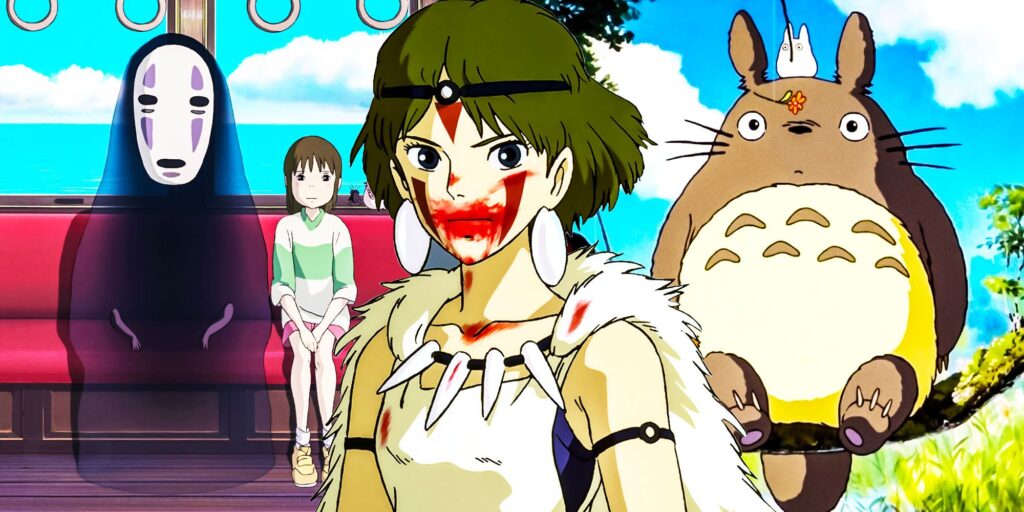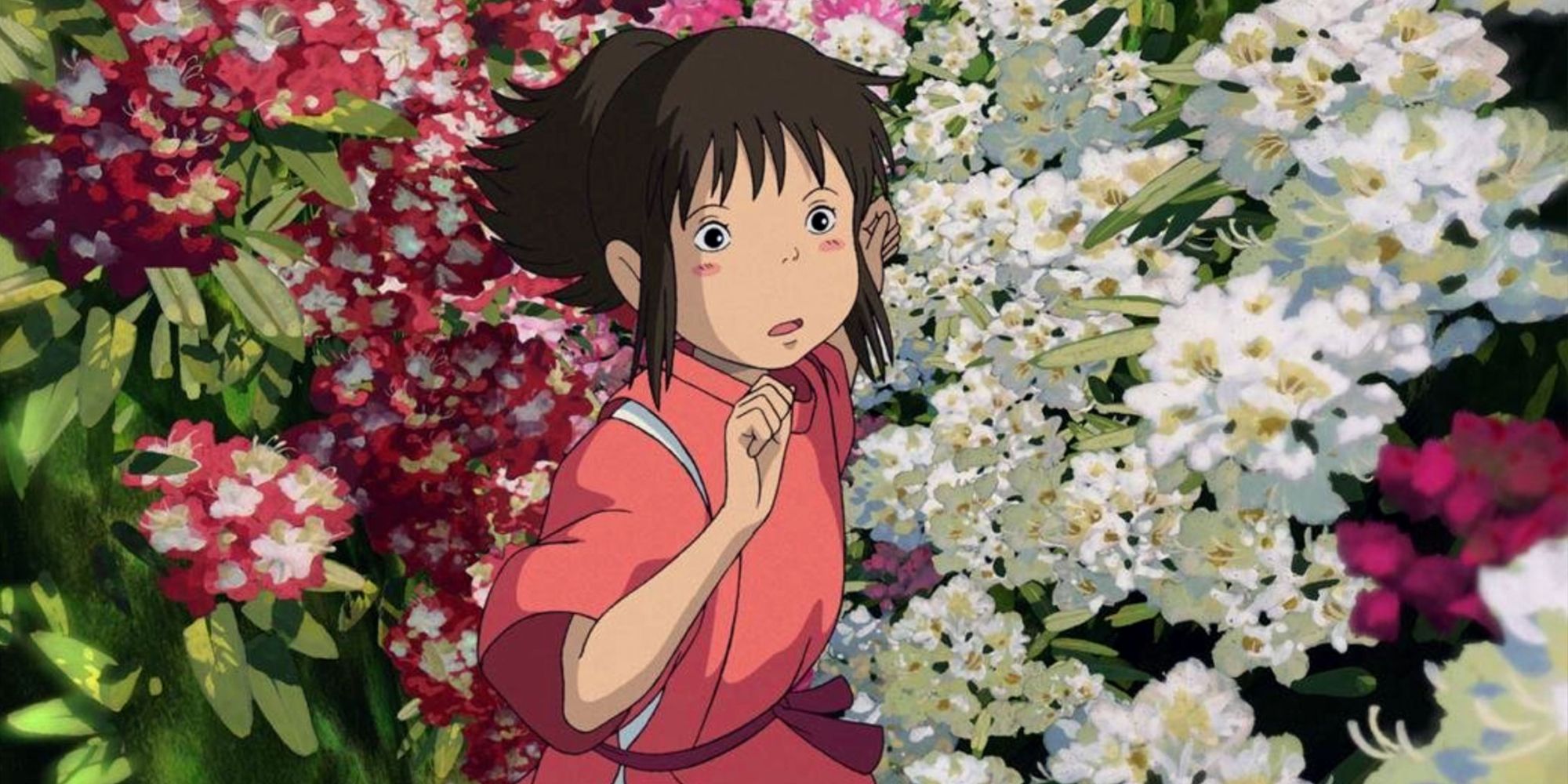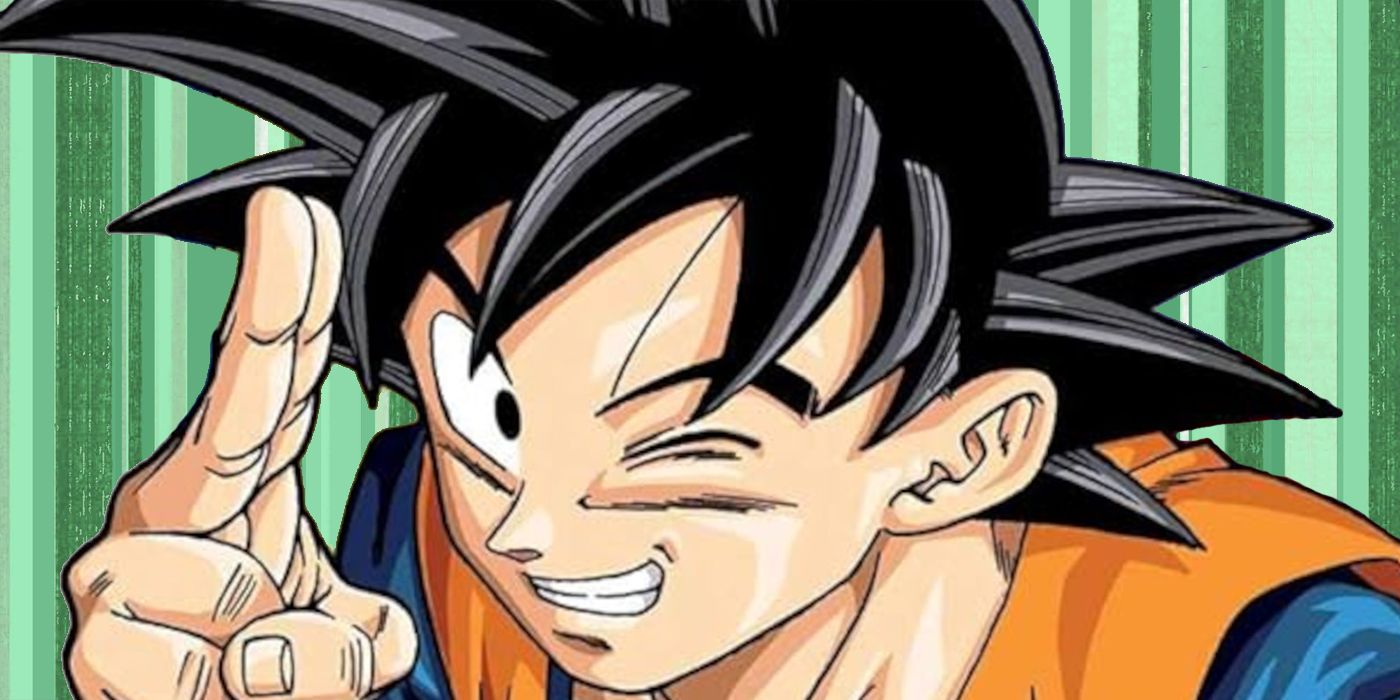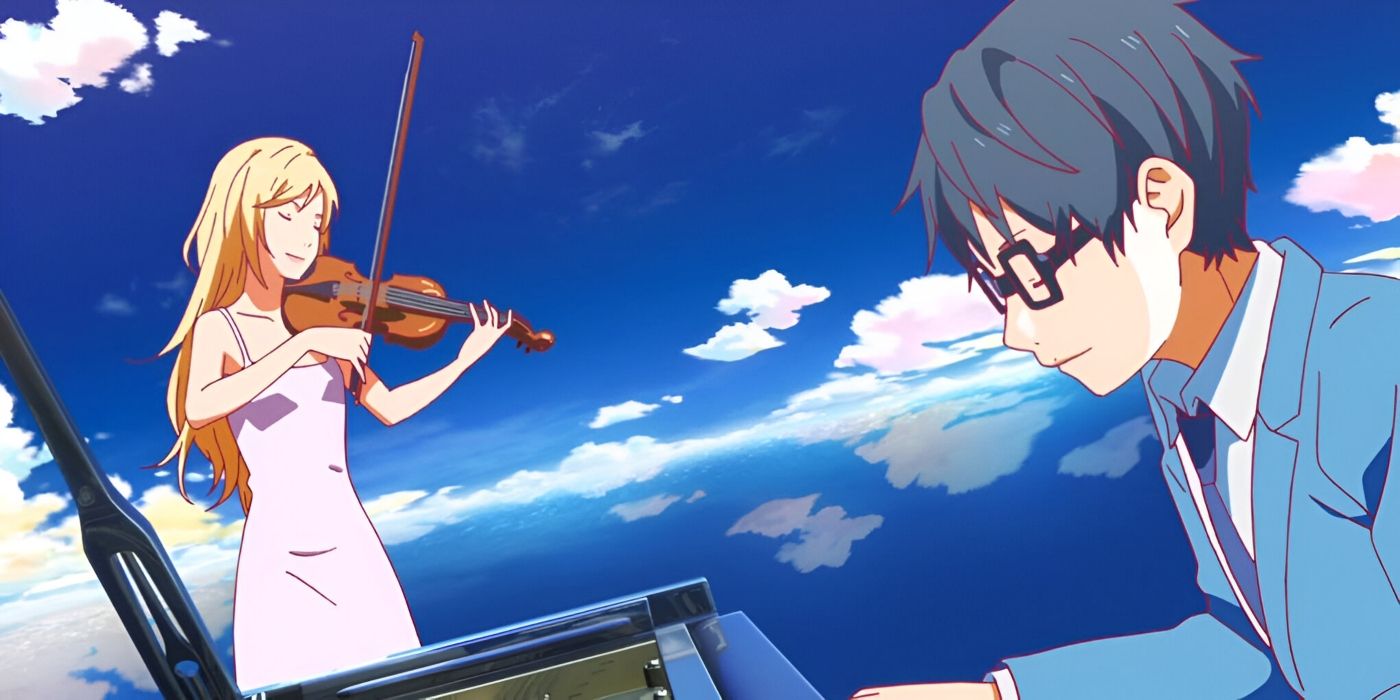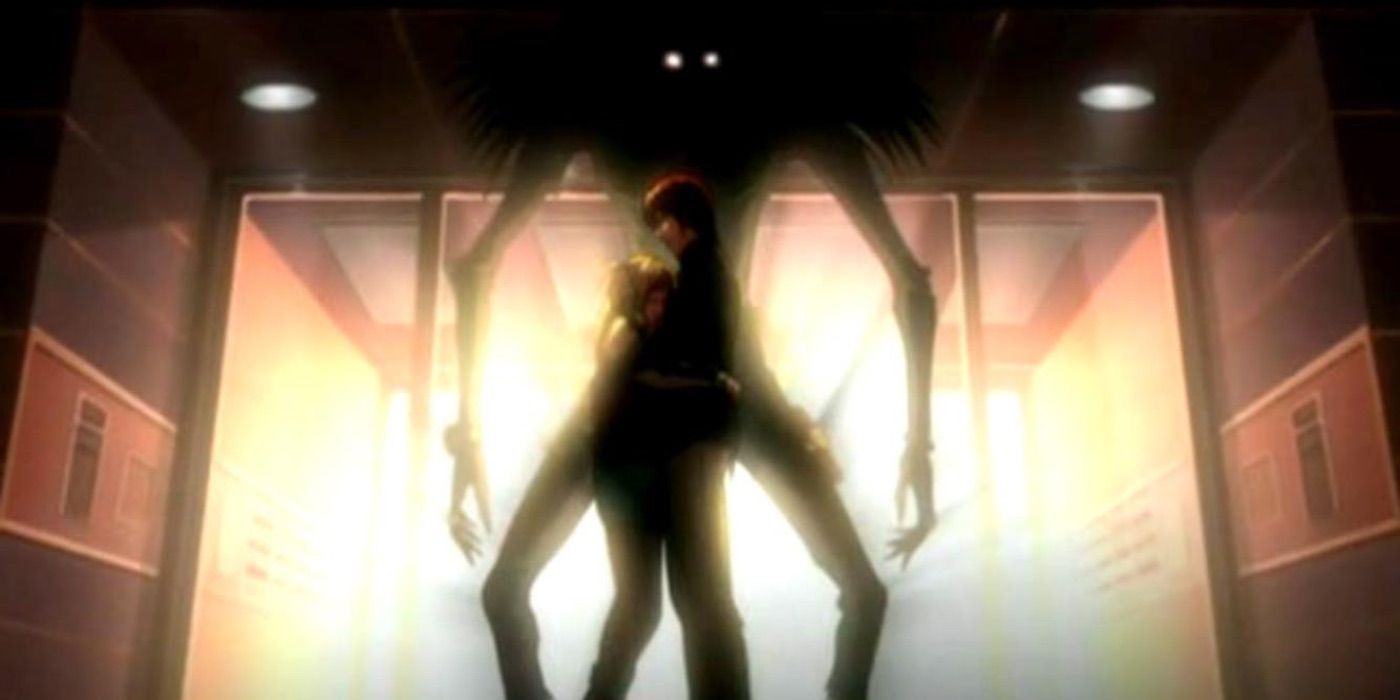No matter their concentration, all American film students should be learning about Studio Ghibli in school, and mine will, as part of the curriculum for a high school-level film course. When I was first hired for this new position, I decided there is no better way to incite academic excitement than by incorporating everyone’s favorite form of entertainment: movies and TV. However, a lot of schools have a film course, but basically none include the most popular and successful form of entertainment media: anime.
Not only is anime a colorful, wide-ranging storytelling medium, but it has helped to shape what many know today as America’s most popular projects. Anime series, artists, and studios have impacted the world’s media unlike any other country-specific content, which is why I often refer to Japan as the “art capital of the world.”
However, despite its enormous, undeniable footprint on Western entertainment, anime is still considered a niche genre, only appealing to a small demographic. Clearly, there is a serious need to renew cinematic education in America. All American film students, including my own, should be learning about Studio Ghibli, Death Note, and other anime legends.
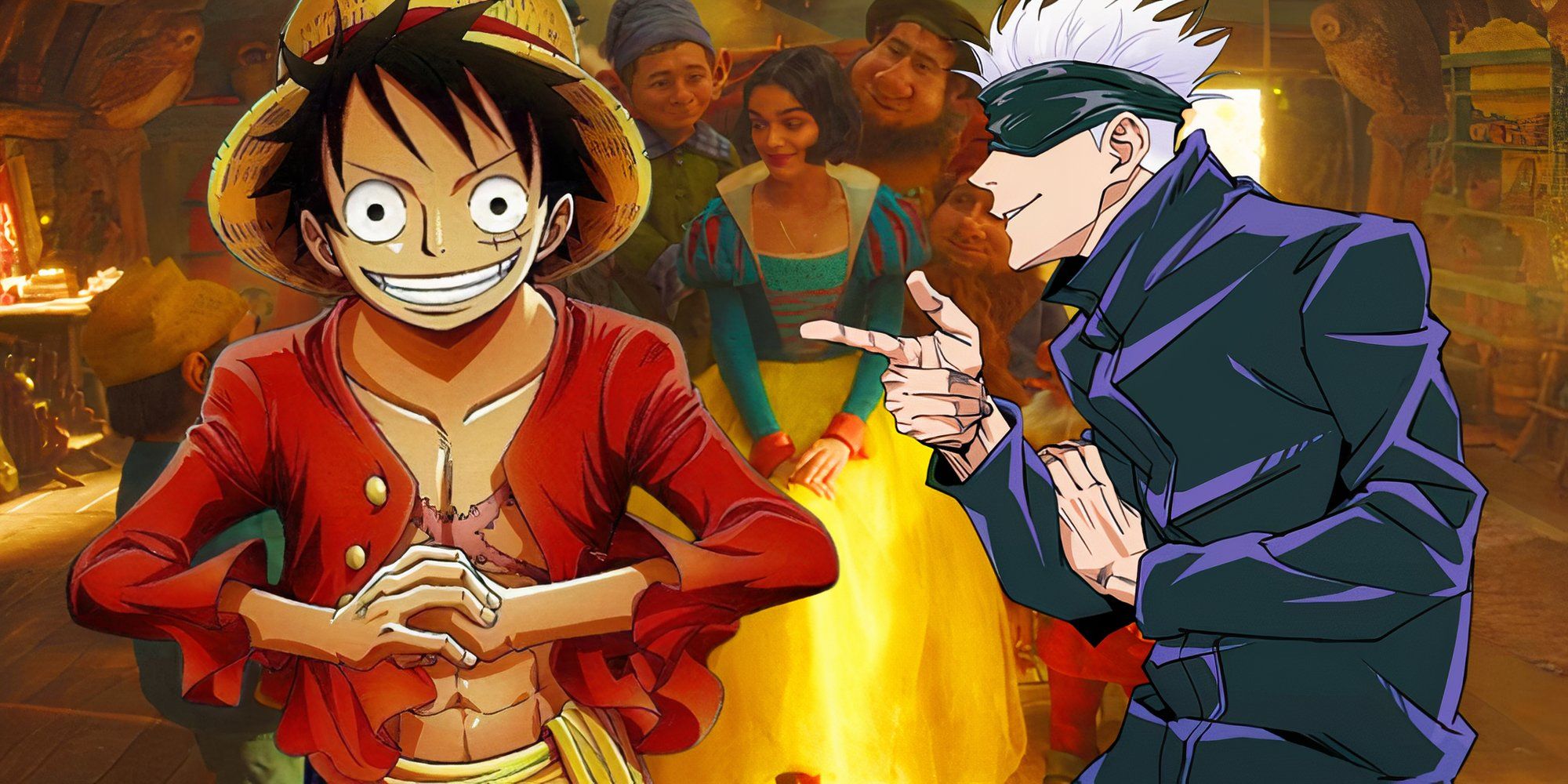
Related
Why Bad Live-Action Adaptations Make Anime More Relevant Than Ever
With the rise of soulless live-action adaptations that neglect their original source material, anime is more relevant than ever.
Despite Their Enormous Influence on the American Film Industry, Studio Ghibli is Not as Famous as It Should Be
Aside from the Japan-based series giants such as Dragon Ball Z or Sailor Moon, an American student’s knowledge of anime may be limited to Western adaptation flops such as Netflix’s live-action Death Note or Scarlett Johansson’s Ghost in the Shell, both of which are from 2017.
However, anime’s impact on Western media goes much, much deeper than people realize. On the most basic level, character icons such as Super Mario Bros. and Sonic the Hedgehog are all sourced from Japan. While these character franchises are not considered classic “anime,” they further prove how successful Japanese artists’ projects are in America.
One of the most popular movies in recent years was Spider-Man: Across the Spider-Verse, praised equally by fans and critics. The director has openly admitted the huge influence anime had on him, making this just one of the examples of how anime is shaping entertainment culture across the world.
Another rarely-known fact regarding Japan’s impact on American storytellers is the intricate, decades-long relationship between Studio Ghibli and Walt Disney Studios. Hayao Miyazaki’s storytelling techniques, plot devices, character designs, and iconic art style have inspired countless American film studios, including one of the largest media conglomerates in the world, Disney.
Miyazaki has inspired films such as Atlantis: The Lost Empire (2001), Wall-E (2008), Up (2009), and Luca (2021). Furthermore, Spirited Away (2001) and Howl’s Moving Castle (2004) inspired Disney’s 2019 film, Coco. In 2016, Moana’s Japanese trailer paid tribute to Studio Ghibli by altering its standard trailer format.
In addition, not only has Studio Ghibli impacted American films, but it has also inspired pop stars. On May 17, 2024, Billie Eilish released her long-awaited third studio album, Hit Me Hard and Soft, co-written with her brother, Finneas. In an interview with Rolling Stone, Eilish discussed one of the songs on the album, CHIHIRO. The hauntingly beautiful piece and accompanying music video are both based on Spirited Away’s protagonist of the same name:
“The song is loosely based off of that movie, which is one of my favorites. It’s kind of from her point of view, mixed with mine. The visuals in that movie are some of the best ever.” – Billie Eilish
Here’s Why My Students Will Be Learning About Anime This Coming Fall
It’s a Crime To Ignore the Undeniable Impact Anime Has on the Entertainment Industry
Anime is essential to any film student’s curriculum from an artistic and ethical standpoint. For example, a key figure in my class lectures will be the legendary director, Hayao Miyazaki. Miyazaki continues to take his audience seriously, as his stories remain fantastical, yet culturally relevant, and purposeful. Studio Ghibli has truly mastered the balance between broadening viewers’ imaginations with theatrical sequences and providing them with authentic life lessons.
However, aside from his extensive resume of outstanding projects like Howl’s Moving Castle and Grave of the Fireflies, Miyazaki is known for his blunt comments towards Artificial Intelligence. Film and television aimed at younger audiences in the United States have become a cash grab. Meaningful stories are traded for endless, unoriginal sequels and remakes, while plots and characters lack depth. Furthermore, studios are underpaying their staff and resorting to using Artificial Intelligence to replace human creativity. When pitched the idea of utilizing AI at Studio Ghibli, Miyazaki stated:
“I am utterly disgusted. If you really want to make creepy stuff, you can go ahead and do it. I would never wish to incorporate this technology into my work at all. I strongly feel that this is an insult to life itself.” – Hayao Miyazaki
Creators like Hayao Miyazaki prove that there is power in supporting artists. Among the issues with AI and cheap live-action remakes from major American studios, Miyazaki remains a beacon of hope. It does not matter what occupation my students pursue; Miyazaki and his values are an indispensable reference point for budding film lovers of any age.
Anime’s Brilliant Use of Cinematic Techniques Is a Necessity for Any Film Student’s Learning
From 2D Animation to Musical Scores, Anime’s Defining Characteristics Are Unlike Any Other
Anime has turned the tables on American studios who are all trying desperately to make their films appear more “realistic.” From live-action remakes to CGI, almost every single film in the current market has fallen victim to this artistic fad, except for anime. One of the most unique aspects of the most popular anime studios is their dedication to the 2D animation format. While Japan has produced ground-breaking live-action features like the 2023 Oscar-winning film, Godzilla: Minus 1, they are primarily known for their contributions to 2D animation.
Instead of embracing the beauty of animation, American film studios continue to completely alter the style of classical films until they are almost unrecognizable. For example, instead of returning to their iconic 2D style, last seen in The Princess and the Frog, Disney is caught up in bringing their classic stories “to life,” forgetting why these tales are loved in the first place. Anime allows viewers of all ages, with varying interests, to enter worlds beyond their own. When asked a question that contained the word “realistic,” John Lasseter, the former chief creative officer of Pixar, replied in an interview with Charlie Rose:
“I never want to produce a world that people think exists.” – John Lasseter
Finally, in addition to anime’s art style, its musicality is undefeated. A primary example of this concept is Death Note. Despite being almost 2 decades old, Death Note has remained relevant. While the anime is popular for many reasons, here is one main factor behind why this anime has stuck around in fans’ minds for so long: its score. Yoshihisa Hirano and Hideki Taniuchi, the composers of Death Note, crafted an original score full of instantly recognizable pieces and opening themes.
My students are not expecting anime to be a part of their film course curriculum this fall. In fact, I myself have never encountered anime in a film class, even at the college level. However, I intend to change that in my classroom. Hollywood is commonly known as the world’s media hub, but Japan’s entertainment industry has repeatedly exceeded America’s success, especially in the past few years.
At long last, it is time for anime and Japanese artists to have a place in the American film school curriculum. In order to fully understand the intricacies of the film industry, American film students (including my own) need to learn about anime’s biggest names, such as Studio Ghibli.
Sources: Rolling Stone; Far Out Magazine; Charlie Rose
